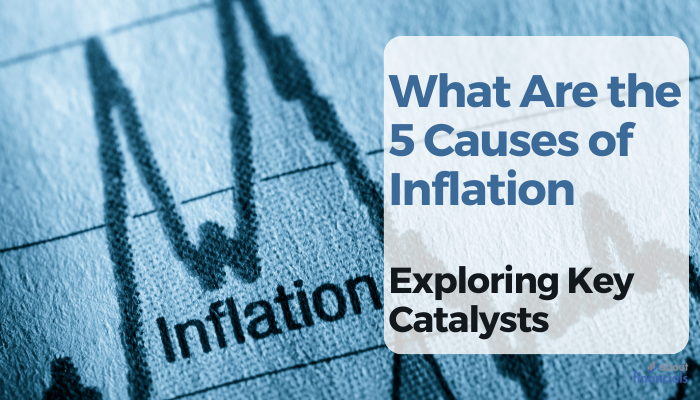Inflation is more than just a buzzword; it’s a significant economic phenomenon that impacts everything from the prices of goods and services to your personal finances and business strategies. By exploring the five key causes of inflation, we gain a comprehensive understanding of how economic forces interact to shape the world of finance, trade, and daily living.
Inflation – a simplified definition
At its core, inflation refers to the sustained increase in the general price level of goods and services within an economy. As prices rise, the purchasing power of money decreases over time. This means that the same amount of money will buy you less than it used to, leading to a decrease in your overall economic well-being.
Importance of understanding its causes
The causes of inflation are diverse and interconnected, often influenced by a combination of economic, social, and policy factors. As a business owner or an individual looking to manage personal finances effectively, having a grasp of these underlying causes can help you make informed decisions.
For instance, if you are planning to start a business or invest, understanding the potential impact of inflation on your costs and returns becomes essential. Likewise, for everyday consumers, being aware of inflation drivers can aid in making wise spending choices and preparing for future financial challenges.
What are the 5 causes of inflation
1. Demand-Pull Inflation
Demand-pull inflation occurs when the overall demand for goods and services in an economy surpasses its supply. This increase in demand puts pressure on prices to rise. When consumers and businesses are willing to spend more money on goods and services than what’s available, suppliers can charge higher prices, resulting in inflation.
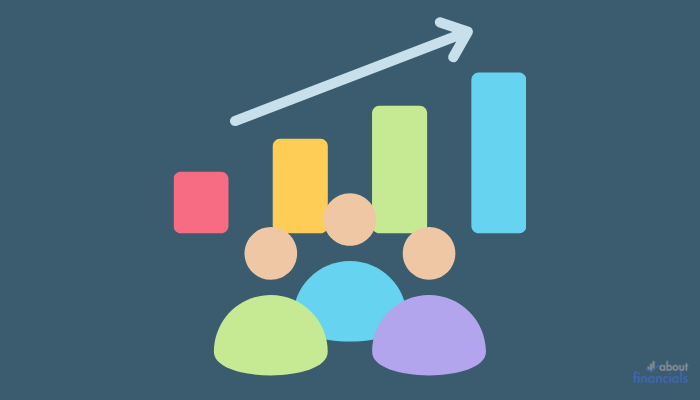
Examples of demand-pull inflation
- Consumer confidence and spending: When consumer confidence is high and people feel positive about their financial prospects, they tend to spend more. This increased spending can outpace production capabilities and lead to demand-pull inflation.
- Economic growth: During periods of strong economic growth, businesses might expand production to meet rising demand. However, if demand grows faster than production capacity, inflation can result.
Impact of Demand-pull inflation
Businesses might face challenges in keeping up with increased demand, which can lead to supply shortages and higher production costs. On the consumer side, rising prices can erode purchasing power, making it more expensive to buy goods and services. This can impact households’ budgets and lead to adjustments in spending habits.
2. Cost-Push Inflation
Cost-push inflation arises when the cost of production for goods and services increases, leading producers to raise prices to maintain profit margins. Various factors can contribute to higher production costs, such as increases in raw material prices, wages, or energy costs.
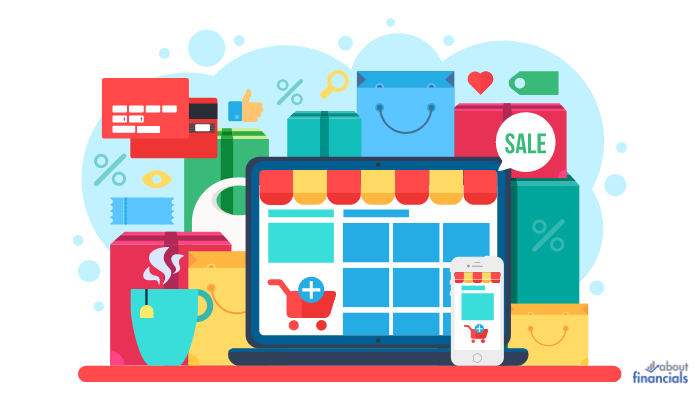
Factors leading to cost-push inflation
- Rising raw material prices: Fluctuations in the prices of essential raw materials like oil, metals, and agricultural products can directly impact production costs. When these costs rise, businesses often pass on the increased expenses to consumers.
- Wage increases: When wages of workers increase, it can lead to higher labor costs for businesses. As a result, businesses might adjust their prices upwards to cover these increased expenses.
Impact of Cost-push inflation
Businesses may find it difficult to maintain profit margins, especially if they are unable to fully pass on increased costs to consumers. Employees might benefit from higher wages but could also face the negative consequences of rising prices, which might offset their real wage gains. Consumers, meanwhile, experience the immediate impact of paying more for goods and services.
This type of inflation can lead to a cycle where businesses continually raise prices to keep up with increasing costs, leading to a general rise in the price level across the economy.
3. Built-In Inflation (Wage-Price Spiral)
Built-in inflation, often referred to as the wage-price spiral, is a self-perpetuating cycle where rising wages lead to higher production costs, which in turn result in increased prices. This cycle continues as workers demand higher wages to keep up with rising prices, leading to a continuous feedback loop of inflationary pressure.
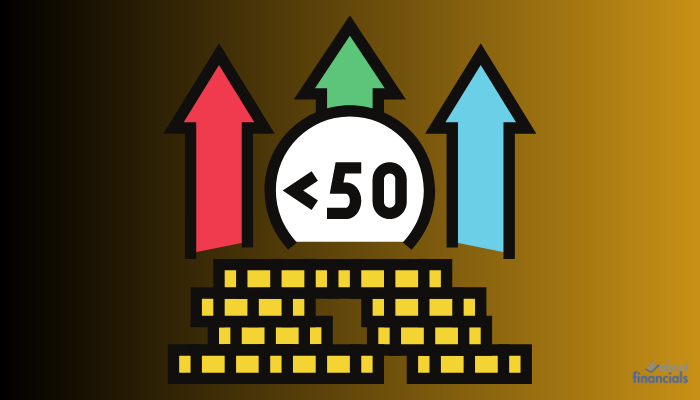
How wage increases can lead to inflation
- Wage Demands: When workers demand higher wages to compensate for increased living costs, businesses may agree to these demands to retain skilled employees.
- Higher Labor Costs: As businesses pay higher wages, their labor costs rise. To maintain their profit margins, businesses may pass on these increased costs to consumers through higher prices.
Relationship between wages and prices
The wage-price spiral creates a circular relationship between wages and prices. As prices increase due to higher production costs, consumers’ purchasing power erodes. In response, workers demand even higher wages to afford the now more expensive goods and services. This cycle continues, driving inflation upwards.
Implications of Built-In Inflation
For businesses, the wage-price spiral presents challenges in maintaining profitability while navigating rising costs. Additionally, the uncertainty surrounding inflation can make long-term planning and decision-making difficult.
For workers, the cycle can create a situation where wage increases are offset by corresponding price increases, resulting in little real improvement in their standard of living. This can strain household budgets and lead to financial stress.
Breaking the wage-price spiral often requires a delicate balance between managing labor costs, productivity improvements, and government policies that encourage stable wage growth without fueling excessive inflation.
4. Monetary policy and central bank actions
Central banks, such as the Federal Reserve in the United States or the European Central Bank, play a pivotal role in controlling inflation. They use monetary policy tools to influence the money supply and interest rates, aiming to achieve stable economic growth and price stability.
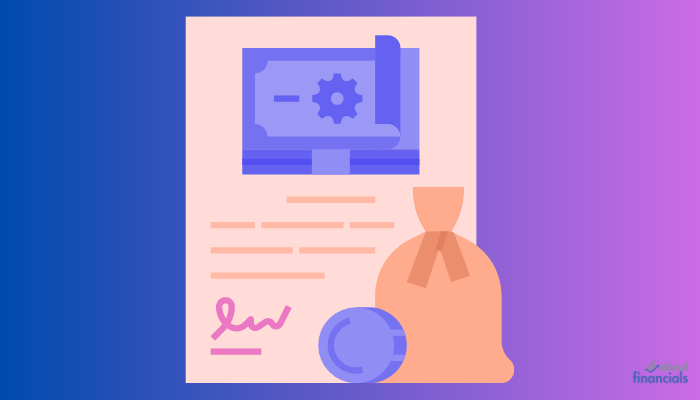
How changes in interest rates affect inflation
- Interest Rate Increases: Central banks may raise interest rates to reduce borrowing and spending by consumers and businesses. This can slow down economic activity and help curb demand-driven inflation.
- Interest Rate Decreases: Conversely, central banks may lower interest rates to stimulate borrowing and spending, encouraging economic growth. However, if demand becomes too strong, it might contribute to demand-pull inflation.
Impact on the money supply
In times of economic uncertainty, central banks might resort to quantitative easing, a process in which they purchase financial assets like government bonds to inject money into the economy. This increases the money supply and aims to lower interest rates, thus promoting spending and investment.
Quantitative easing can impact inflation by influencing interest rates and supporting economic growth. However, it also carries the risk of excessive money supply growth leading to inflationary pressures.
Central banks must carefully balance their monetary policy decisions to prevent both runaway inflation and deflation, aiming for a stable economic environment.
5. Structural Factors
Apart from demand-driven and cost-driven factors, structural factors can also contribute to inflation. These factors arise from changes in the economy’s structure or disruptions in the supply chain.
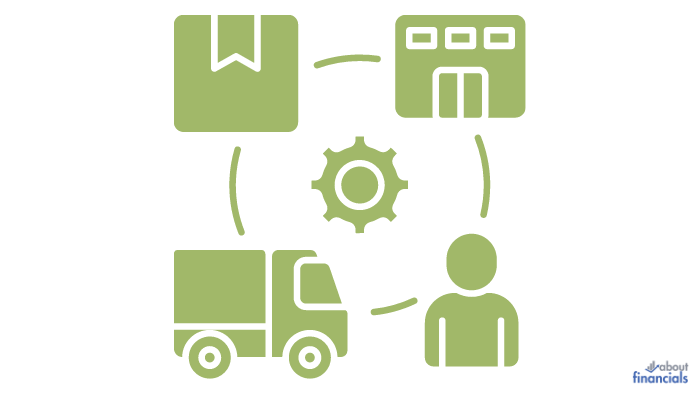
Examples of structural factors
- Supply chain disruptions: Disruptions in supply chains, such as natural disasters, geopolitical conflicts, or transportation disruptions, can lead to shortages of goods. Reduced supply can push prices higher due to increased competition among consumers for limited products.
- Shortages of key resources: Shortages of essential resources, like energy or water, can lead to production constraints and increased costs. Businesses may then pass on these increased costs to consumers, resulting in inflation.
Effects on Inflation
Some structural factors can have long-term effects on inflation, while others might cause short-term fluctuations. Understanding the distinction is crucial for assessing the sustainability of inflation trends.
Structural factors require adaptive strategies from businesses, including diversifying suppliers and developing contingency plans to manage potential disruptions. Individuals should remain aware of how these factors might impact prices and make informed decisions accordingly.
Frequently asked questions
What is causing inflation right now?
Inflation can be caused by a combination of factors, including increased demand for goods and services, rising production costs, supply chain disruptions, and changes in monetary policy. The exact causes of current inflation can vary based on the economic conditions of a specific time and region.
Who benefits from inflation?
Some borrowers can benefit from inflation as the real value of their debts decreases over time. Additionally, those who hold appreciating assets like real estate or stocks may experience increased value. However, these benefits are not evenly distributed, and many individuals may face challenges due to rising living costs.
Who suffers most from inflation?
Fixed-income earners and individuals with limited financial resources are often hit hardest by inflation. Their purchasing power erodes as prices rise, making it more difficult to maintain their standard of living. Retirees living on fixed pensions can also find it challenging to keep up with increasing expenses.
Does it make sense to pay off a mortgage when inflation is high?
High inflation can erode the real value of debt, including mortgage debt. For some, this might make paying off a mortgage less urgent, as the relative burden of the debt decreases over time. However, the decision depends on individual circumstances, interest rates, and financial goals.
Is inflation worse for the rich?
Inflation affects individuals across all income levels, but its impact varies. The wealthy often have diversified investment portfolios that can provide a hedge against inflation, while those with limited resources may struggle to keep up with rising living costs.
How can you protect yourself against inflation?
Investing in assets that tend to appreciate with inflation, such as real estate, stocks, and commodities, can provide a degree of protection. Adjusting your budget to account for rising expenses and considering inflation-adjusted financial products can also help mitigate its effects.
How long will inflation be high?
The duration of high inflation depends on various economic factors, including government policies, global economic conditions, and supply-demand dynamics. Inflation can be transitory or more persistent, and predicting its duration with certainty is challenging.
Final thoughts
Exploring the five causes of inflation reveals a complex interplay of economic dynamics that affect us all.
From the tug-of-war between supply and demand to the nuanced dance of wages and prices, these causes remind us that inflation is not a singular force but a convergence of influences.
Armed with this knowledge, individuals and businesses can navigate the shifting landscape of inflation with insight, making strategic decisions that stand resilient against the ebb and flow of economic change.

